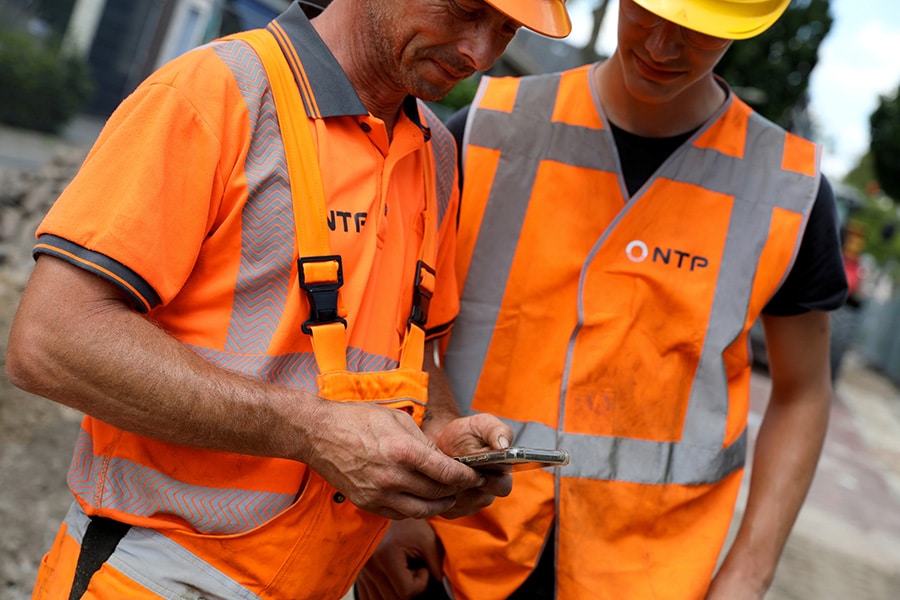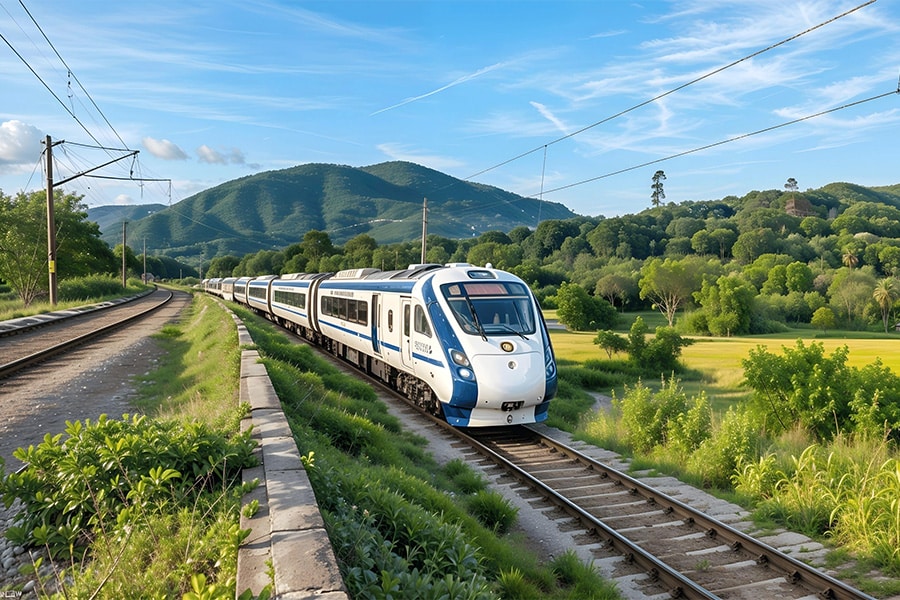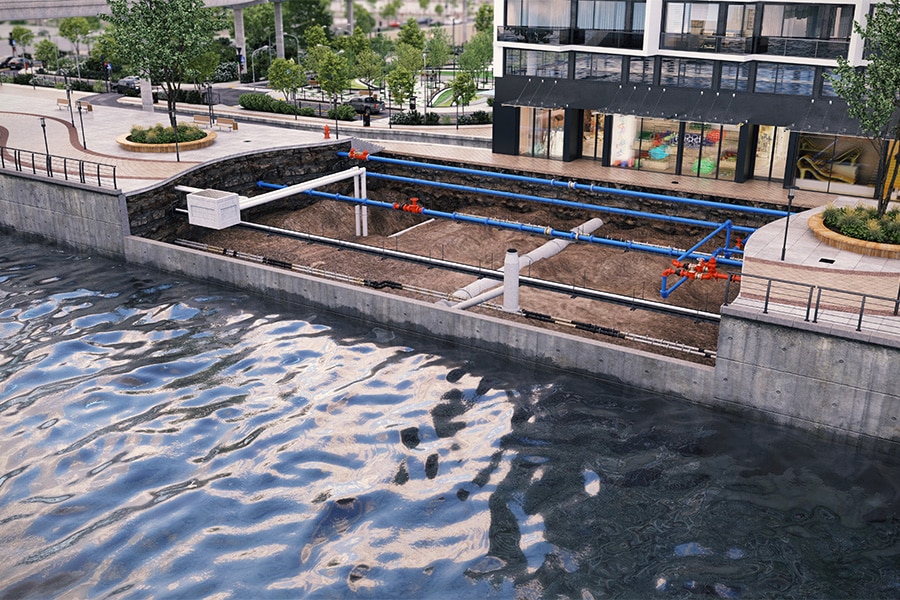
Can GIS keep Dutch trains on track?
Across Europe, but especially in the Netherlands, there is little room for new developments, especially in the areas of mobility and transportation. How is the Netherlands dealing with the need to expand transportation infrastructure? How can more be done with less space?
The number of train passengers is expected to increase. As many as 30% more people are expected by 2030. ProRail, the organization that manages the state's rail infrastructure, needed a way to accommodate this increase in traffic without adding a track - specifically, without adding a physical track.
Virtual view with a digital twin
Since the most obvious solution (additional construction) was ruled out, ProRail decided to analyze its capacity problem from a different angle. To do this, they built a virtual representation of the current network - a method known as a Digital Twin. Digital Twins are used to recreate both natural and built environments. They modernize the way organizations capture and visualize data in real time.

ProRail's Digital Twin offers many ways to improve efficiency, starting with maintenance protocol. A dozen trains pass through the same location every hour, meaning that even one disruption can result in major disruption. ProRail's Digital Twin identifies the minimum number of track closures needed to carry out maintenance as safely as possible, keep more tracks open and run more trains to accommodate the growing number of passengers.
Board the train of the future
ProRail's maintenance solution is just one example of how geographic Digital Twins are contributing to innovation around the world, in organizations of all shapes and sizes. Virtually any project or initiative can be accelerated by using this method. Digital Twins and Esri technology will get you there faster.
Heeft u vragen over dit artikel, project of product?
Neem dan rechtstreeks contact op met Esri Netherlands.
 Contact opnemen
Contact opnemen




